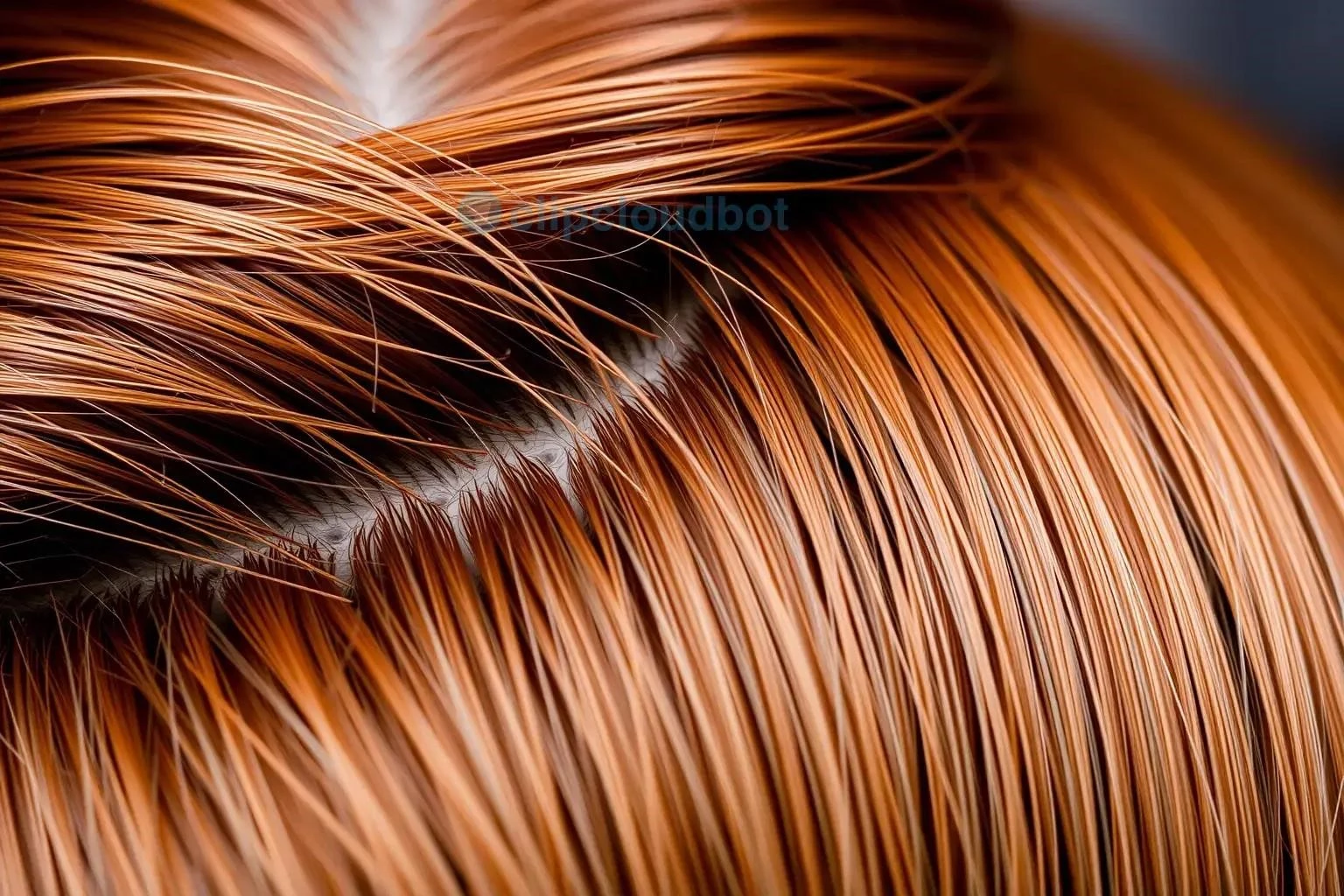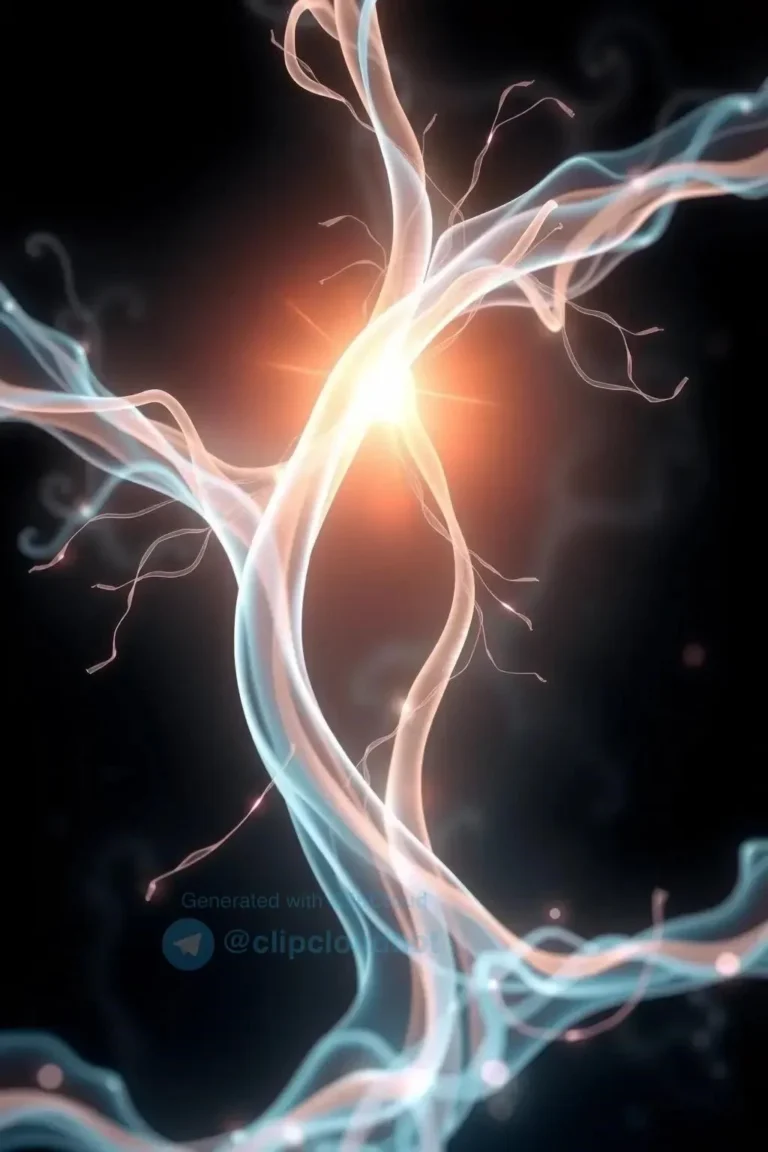Understanding the Root Causes of Hair Loss
Hair loss can stem from various factors, including genetics, hormonal changes, medical conditions, and medications. Identifying the underlying cause is crucial for effective treatment. Age, stress, and nutritional deficiencies also play a significant role.
Exploring Proven Treatments for Hair Loss
Several proven treatments can effectively address hair loss, ranging from medications to surgical procedures. Understanding these options empowers individuals to make informed decisions about their hair restoration journey.
Minoxidil: This topical solution, available over-the-counter, is applied directly to the scalp to stimulate hair growth. It’s effective for both men and women experiencing androgenetic alopecia (pattern baldness).
Finasteride: This prescription medication, specifically for men, works by blocking the hormone responsible for shrinking hair follicles. It can slow down hair loss and even promote regrowth in some cases.
Hair Transplantation: This surgical procedure involves transplanting hair follicles from a donor area, typically the back of the head, to the recipient area experiencing hair loss. It provides a permanent solution for restoring hair in thinning areas.
Low-Level Laser Therapy (LLLT): This non-invasive treatment uses laser light to stimulate hair follicles and promote growth. It can be used in conjunction with other treatments or as a standalone therapy.
Platelet-Rich Plasma (PRP) Therapy: This innovative treatment involves injecting concentrated platelets from the patient’s blood into the scalp. The growth factors in platelets are believed to stimulate hair follicle activity and promote new hair growth.
Choosing the right treatment depends on the individual’s specific type and severity of hair loss, overall health, and personal preferences. Consulting with a dermatologist or hair loss specialist is essential to determine the most appropriate and effective course of action.
Lifestyle Changes and Home Remedies for Healthier Hair
Beyond medical treatments, several lifestyle changes and home remedies can contribute to healthier hair and potentially minimize hair loss. These natural approaches often complement professional treatments and promote overall well-being.
Diet: A balanced diet rich in protein, iron, zinc, and vitamins is crucial for hair health. Include foods like lean meats, fish, eggs, leafy greens, and nuts to nourish hair follicles from within.
Stress Management: Chronic stress can contribute to hair loss. Incorporating stress-reducing practices like yoga, meditation, or deep breathing exercises can positively impact hair health.
Scalp Massage: Regular scalp massages improve blood circulation to the hair follicles, promoting nutrient delivery and potentially stimulating hair growth. Use your fingertips or a scalp massager for a few minutes daily.
Essential Oils: Some essential oils, like rosemary and peppermint, have shown promising results in promoting hair growth. Dilute a few drops in a carrier oil and massage into the scalp.
Natural Hair Masks: Ingredients like egg yolks, honey, and avocado can create nourishing hair masks that moisturize and strengthen hair, reducing breakage and promoting overall hair health.
Gentle Hair Care Practices: Avoid harsh chemicals, excessive heat styling, and tight hairstyles that can damage hair and contribute to hair loss. Opt for gentle shampoos and conditioners, and let hair air dry whenever possible.
While these home remedies can support hair health, they may not be sufficient for addressing significant hair loss caused by underlying medical conditions. Consulting with a healthcare professional is crucial for accurate diagnosis and treatment.
Maintaining Long-Term Hair Health and Preventing Future Loss
Maintaining long-term hair health requires a proactive approach that combines consistent care with healthy lifestyle choices. By addressing potential risk factors and adopting preventative measures, individuals can minimize future hair loss and maintain a vibrant head of hair.
Regular Trims: Regular trims help remove split ends and prevent breakage, promoting healthy hair growth and minimizing the appearance of thinning.
Protective Hairstyles: Avoid tight hairstyles that pull on the hair follicles, such as tight ponytails or braids, as these can contribute to traction alopecia. Opt for looser styles that minimize stress on the hair.
Balanced Diet: Continue to nourish your hair from within by maintaining a balanced diet rich in essential vitamins and minerals. Consider supplements if dietary intake is insufficient.
Hydration: Proper hydration is essential for overall health, including hair health. Drink plenty of water throughout the day to keep hair hydrated and prevent dryness and breakage.
Sun Protection: Protect your hair from sun damage by wearing a hat or using hair products with UV protection, especially during prolonged sun exposure.
Regular Check-ups: Schedule regular check-ups with a dermatologist or hair specialist to monitor your scalp health and address any potential issues early on.
Early Intervention: If you notice any signs of increased hair loss or changes in hair texture, consult a healthcare professional promptly; Early intervention can significantly improve treatment outcomes;





